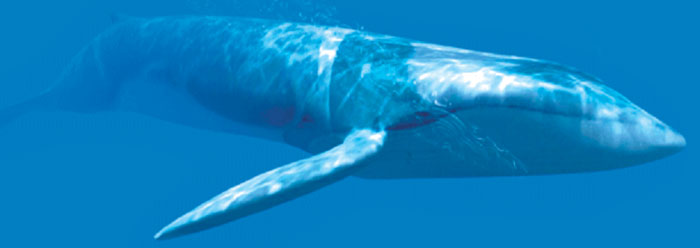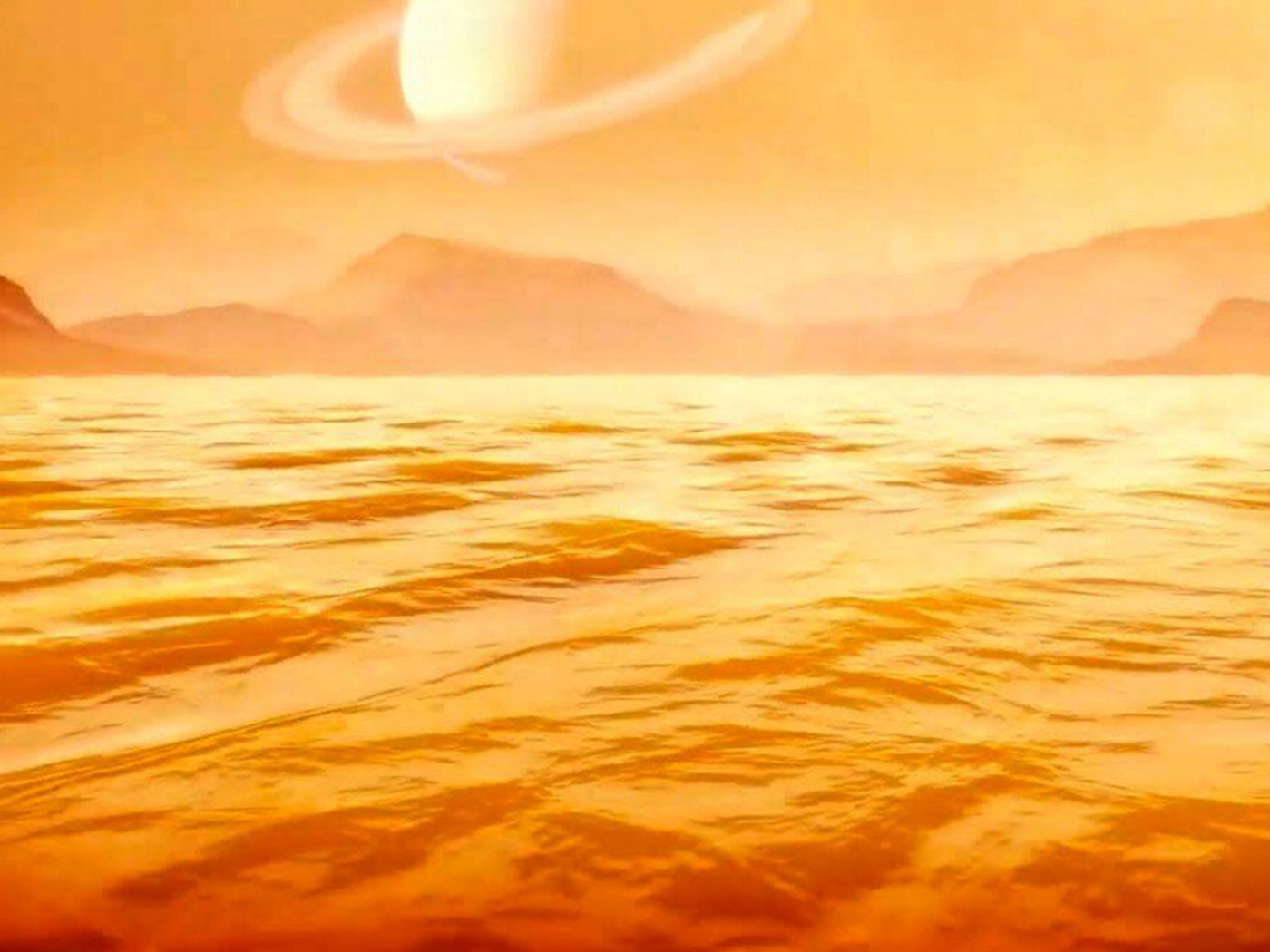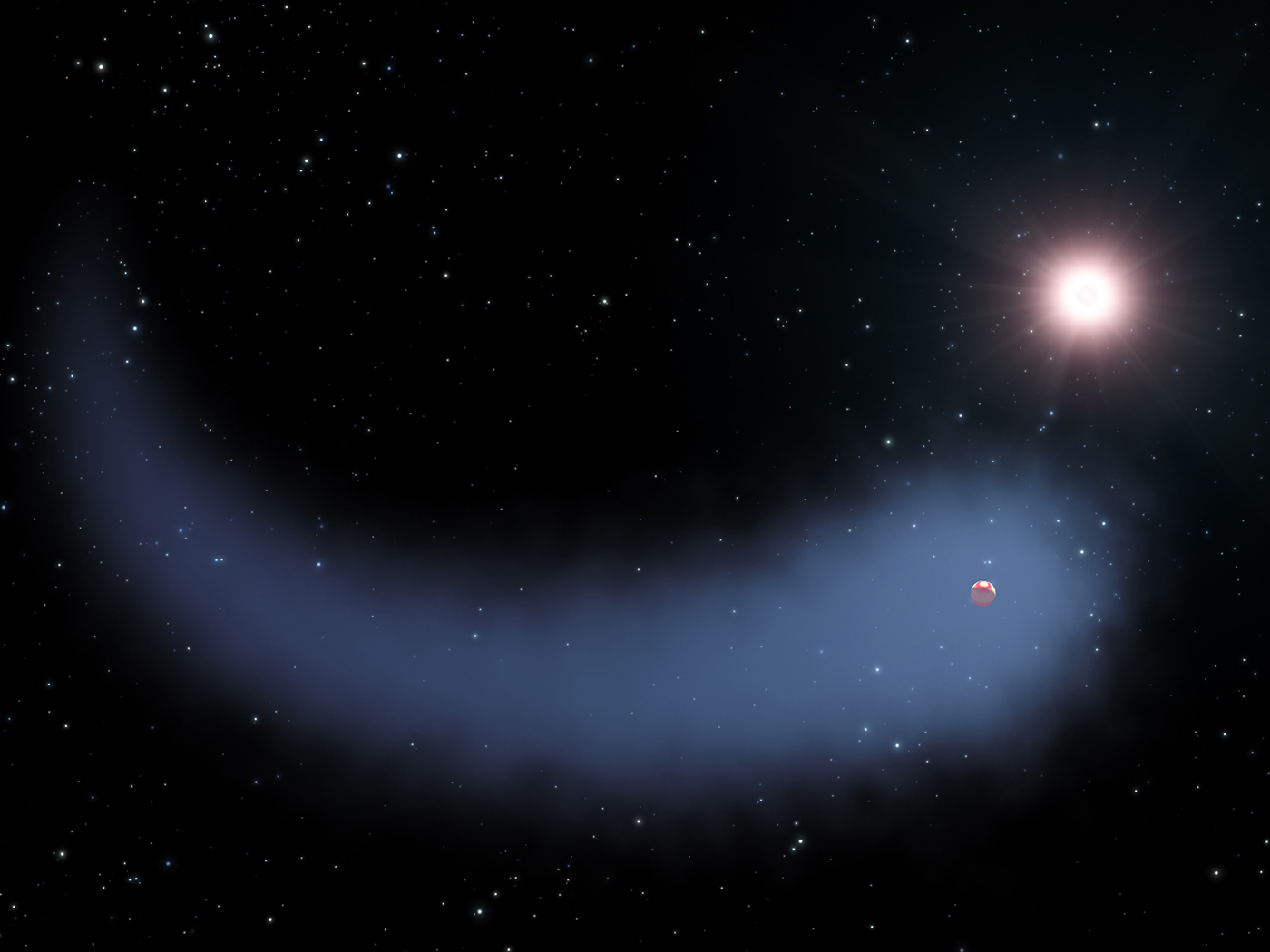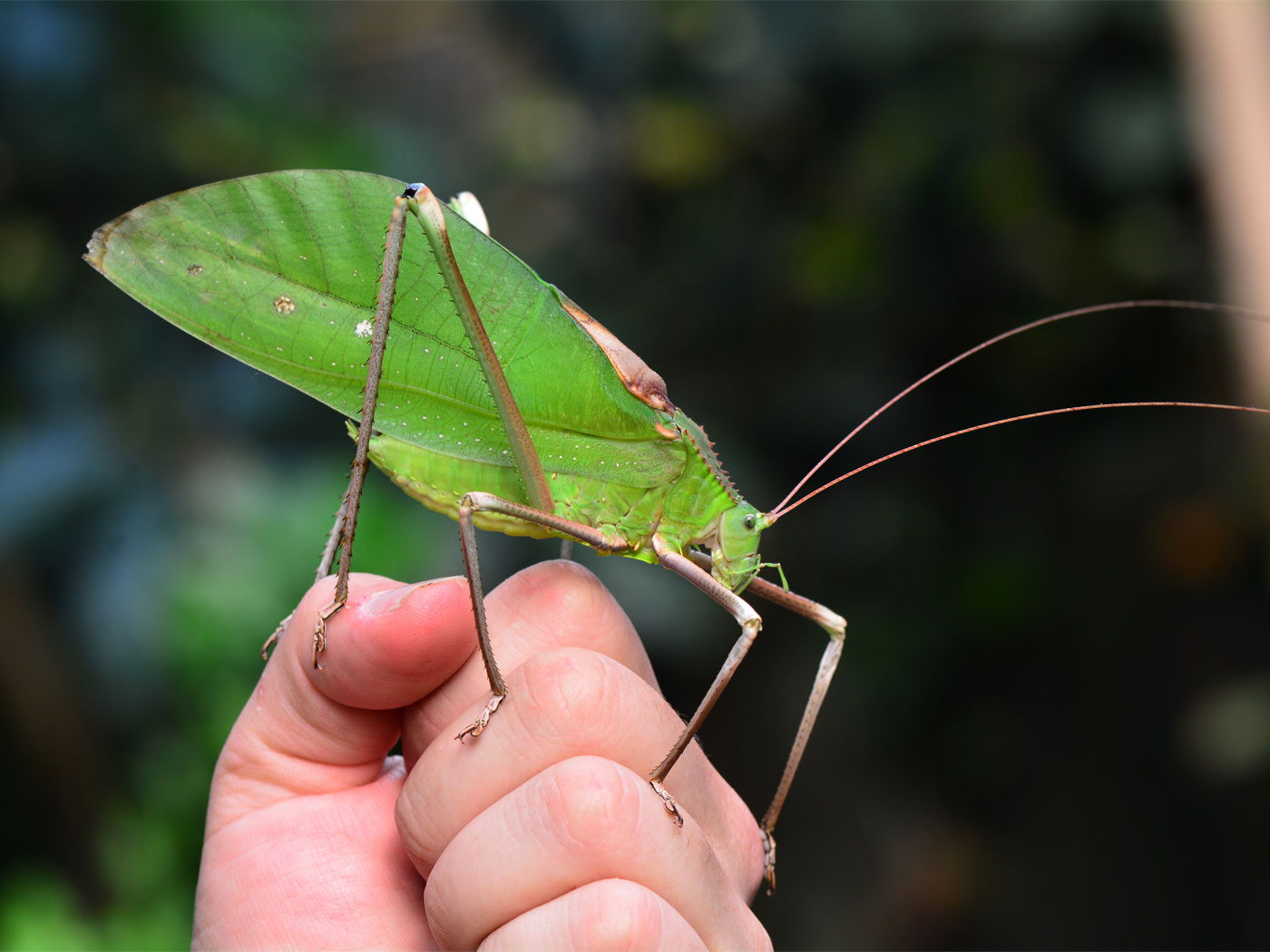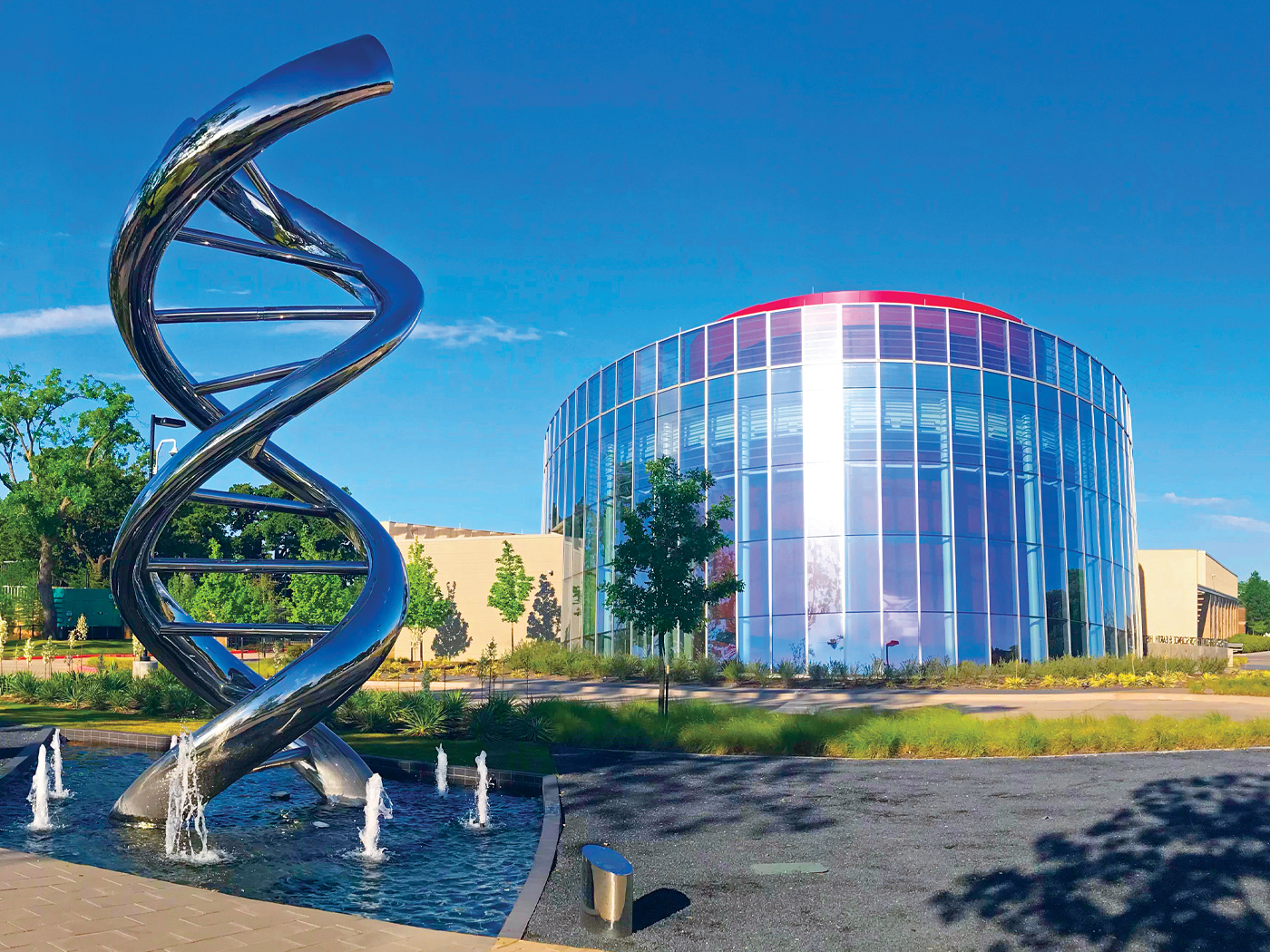Scientists just discovered a body organ in the front and center of the lower jaw of the largest mammal that ever lived—the blue whale. All rorqual whales, which are a type of baleen whale, appear to have the special organ. Rorquals don’t have teeth, but instead use comb-like bristles called “baleen” lining their giant mouths to retain tiny animals from sea water. In all the world, only baleen whales swallow huge gulps by “lunge feeding.” Working in symphony with an array of rorqual-specific traits, the newly discovered sensory organ builds an even stronger case for their special creation.
American and Canadian scientists wrote in Nature that the new sensory organ informs the whale’s brain of the resistance force placed upon its gaping mouth when lunge feeding.1 It is very important for an animal that can generate over 1,140 horsepower, pushing 180 metric tons spread across an almost 100-foot-long body, to accurately judge resistance forces that could damage its skin and connective tissues as it engulfs and expels over 70 tons of krill-laden water in a single feeding event.2 The unique organ also detects “dynamic rotation of the jaws during mouth opening and closure.”1
Baleen whales need many parts linked in precise proportions and strengths in order to lunge feed as they do. The Nature study authors listed these design characteristics:
- Comb-like baleen plates, slender mineralized keratin protein tubes, to filter out water during lunge feeding
- Folds of chin skin called “ventral groove blubber” greatly expand when they unfold like an accordion to collect whole schools of krill while the whale lunge feeds
- Newly discovered sensory organ collects, coordinates, and confers vital pressure data to the brain
- Split jaw that is loosely connected to the skull suspends the ventral groove blubber and flexes under dynamic pressures
- Touch-sensitive organs called “vibrissae” that detect prey
But there are more. For example, rorqual tongues, which in the blue whale equal the weight of two adult horses, use well-organized counter-current heat exchangers that prevent vital body heat loss to mouthfuls of near-freezing waters.3
Long ages of natural processes could not have organized rorqual whale features because all the necessary traits were required for survival from its beginning. These whale feeding mechanisms are all-or-nothing systems. The Nature authors had difficulty describing rorqual whale evolution because no known blind and random natural process produces all-or-nothing systems—let alone those essential for life.4
They suggested that if the newly discovered organ evolved long before the other rorqual traits had emerged within whales, then it was probably a “pre-adaptation for lunge feeding.”1 But how could natural forces that have no foresight prefabricate and maintain a machine part that would only function after generations of future whales had finally evolved the additional required machine parts?
The study authors suggested an alternative. Perhaps “the organ evolved in tandem with the ventral groove blubber and specializations in mandible morphology [lower jaw size and shape].”1 Suggesting that “evolution” generated multiple well-fitted organs at the same time may be about as close as evolutionists can come to admitting the truth of creation.
The idea that whale features changed “in tandem” with one another, all very quickly, comes close to creation, but also dovetails with other work on whale origins. Some scientists build evolutionary tree diagrams by comparing whale DNA sequence differences, and others create them by comparing fossilized and living whale skeletons. Most of these trees beg the question of whale evolution, and most trees contradict one another. But one study that compared fossil with DNA-based tree diagrams found something in common to both—whale shapes and sizes appear to have changed radically and rapidly a long time ago. “Evolution in early whales was explosively fast,” but since then “they have not changed very much.”5
So far, it appears that changes in whales happened “explosively fast,” “in tandem,” and they have not happened at all in a long time. Does any of this match classical evolution’s description of eons of natural selection inevitably adding one tiny part at a time? Certainly not. But how is a Bible-believer and responsible scientist to understand whale changes?
First, no fossil, DNA , or other evidence suggests that whales evolved from any kind of non-whale. Since 1981, evolutionists have imagined that Pakicetus was a fully aquatic evolutionary ancestor of whales. Back then, it was only known from a fossilized partial jaw and teeth. But by 2001, “newly discovered fossils show that the first whales [Pakicetus] were fully terrestrial and were even efficient runners.”6 The supposed “first whales” turned out to be no more whale-like than golden retrievers.7
According to a leading evolutionary paleontologist, “Like the bats, the whales (using this term in a general and inclusive sense) appear suddenly in early Tertiary times, fully adapted by profound modifications.”8 Of course, "Tertiary" sediments do not represent millions of years, but were deposited by abating waters late in the Flood year or by post-Flood catastrophes.9
However, evidence does suggest that whale kinds experienced radical body shape changes, and these illustrate God’s creative genius in an extraordinary way.
Living baleen whales have no teeth, and living toothed whales have no baleen. But remarkable fossil whales appear to have had both.10 Also, baleen whale embryos begin to build teeth, but they are resorbed before birth. They are necessary for proper jaw formation, but they could have fully erupted in distant ancestors. Baleen whales also have tooth-specific genes that appear to have been permanently damaged by accumulated mutations. Therefore, it is possible that baleen whale ancestors had the potential to generate offspring that build baleen or teeth or both.
Millions of years of natural selection of mutant whales could not have produced the well-coordinated whale features because, as described above, their all-or-nothing systems defy random and gradual origins explanations. Therefore, if modern baleen whales descended from very different-looking whales, then biological programming coordinated the “explosively fast” “tandem” changes. Perhaps whales changed in just a few generations according to adaptable, modular designs that God built in to the original whale kinds.11 A kind Creator with infinite foresight would have equipped His creatures with the well-coordinated trait variations that “solve environmental problems, enabling them to fill” the seas.12
Which is more difficult: 1) building a machine that has integrated, interdependent parts that all work together to solve a problem, or 2) building a machine that can reproduce itself and, upon each reproductive cycle, deploy different sets of interdependent parts that work together to solve the same problem in different ways? Clearly, the latter requires a whole new level of engineering genius.
Since “God created great whales,” He deserves all the credit for designing the biological machinery required for rorqual feeding.13 He also deserves the credit for designing biological programming that specified coordinated trait variations within the created whale kind. “O the depth of the riches both of the wisdom and knowledge of God!”14
References
- Pyenson, N. D. et al. 2012. Discovery of a sensory organ that coordinates lunge feeding in rorqual whales. Nature. 485 (7399): 498-501.
- Gitt, W. 2001. If Animals Could Talk. Beilefeld, Germany: Cristliche Literatur-Verbreitung, 21.
- Sherwin, F. 2004. Running Counter to Evolution. Acts & Facts. 33 (9); Citing Heyning, J. E., and J. G. Mead. 1997. Thermoregulation in the Mouths of Feeding Gray Whales. Science. 297(5340): 1128-1140. The Science authors wrote, “All baleen whales possess countercurrent heat exchangers in their oral cavities, a physiological prerequisite allowing these endotherms to exploit the rich marine productivity of cold waters.”
- Behe, M. 2006. Darwin’s Black Box, 10th anniversary ed. New York: Free Press.
- Wolpert, S. UCLA biologists report how whales have changed over 35 million years. University of California, Los Angeles press release, May 28, 2010.
- de Muizon, C. 2001. Walking with whales. Nature. 413 (6853): 259.
- See discussion of whale evolution: Morris, J., and F. Sherwin. 2009. The Fossil Record. Dallas, TX: Institute for Creation Research, 94-104 and 170-173.
- Colbert, E. H., M. Morales and E. C. Minkoff. 2001. Colbert’s Evolution of the Vertebrates, 5th ed. New York: Wiley-Liss, Inc., 392. (emphasis added)
- Sherwin, F. and B. Thomas. 2010. Understanding Evidence for the Biblical Timescale. Acts & Facts. 39 (4): 16-17.
- Demeere, T. A. et al. 2008. Morphological and Molecular Evidence for a Stepwise Evolutionary Transition from Teeth to Baleen in Mysticete Whales. Systematic Biology. 57(1): 15-37.
- This concept has strong precedent. For example, hammerhead sharks vary the sizes of their “hammer” and pectoral fins in different generations, but the varying sizes are coordinated so that the sharks swim straight and level. See Thomas, B. Shark Study Hammers More Nails in Evolution’s Coffin. ICR News. Posted on icr.org June 15, 201o, accessed June 20, 2012. Also, the angle at which a saber-toothed cat could open its mouth was correlated to the length of its famously long canines.
- Guliuzza, R. 2011. Darwin’s Sacred Imposter: The Illusion That Natural Selection Operates on Organisms. Acts & Facts. 40 (9): 12-15.
- Genesis 1:21.
- Romans 11:33.
* Mr. Thomas is Science Writer at the Institute for Creation Research.
Cite this article: Thomas, B. 2012. Ways That Whales Display Their Creator. Acts & Facts. 41 (8): 18-19.




